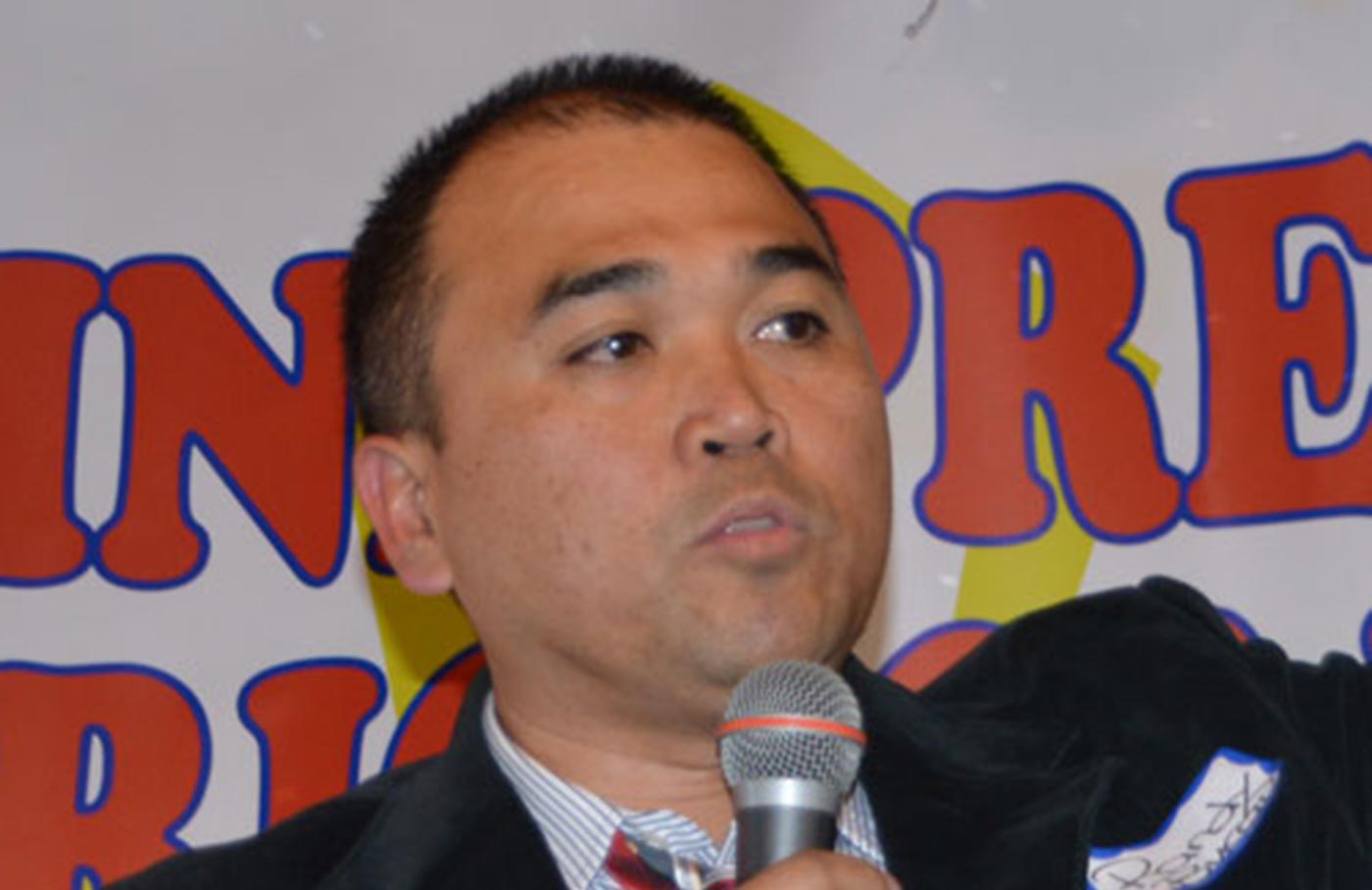First-time candidate Randy Bucao never thought the colour of his olive skin was going to be a problem in his campaign during the recent 2014 Toronto municipal election. A mechanical engineer who moved to Canada in 1994, he’s been heavily involved with the city’s Catholic school board, and Filipino-Canadian organizations in Toronto.
Bucao knew he would face a challenge campaigning for a council seat in a heavily ethnic area, Ward 10, York-Centre, but, he didn’t expect blatant hostility from some residents.
“As soon as they would see my face, they would slam the door on me,” Bucao said in an interview a week after the Oct. 27. Toronto election. “This happened in more or less 50 houses.”
Voters re-elected Coun. James Pasternak, who is Jewish and white, to office, with nearly 60 per cent of the ballots, or over 11,000 votes. Bucao came in fifth, with slightly over 5 per cent, or 1,040 votes.
These results were typical of what happened that night across nearly all 44 Toronto wards: data analyzed by the Toronto Observer found that Torontonians voted, once again, to send mostly Caucasian politicians to the seat of power at city hall.
Only six councillors are visible minorities: that’s 13.6 per cent, and they are all incumbents.
Leaders need to provide role models. And if you don’t see yourself reflected in a leadership position, it is very unlikely you can achieve one, or even feel represented by that leader. Alejandra Bravo
According to the 2011 Canadian census, visible minorities comprise 47 per cent of the population in Toronto.
The city would need to elect 20 visible minority politicians, which is nearly half the existing council, in order for these groups to truly represent the reality on the ground.
Enlarge

Soledad Vega/Toronto Observer
Statistics Canada defines visible minority as “a person or group visibly not one of the majority races in a given population”. This term is used primarily as a demographic category by Ottawa. In practice, it is often used as a euphemism for “non-white.” Now the disparity in who gets elected to city hall has some experts wondering about the fairness of the current political system. But according to Prof. Nelson Wiseman, of the University of Toronto, the system is fine.
“I believe in democracy,” Wiseman said in a telephone interview. “I think people should vote for whomever they want, and I don’t think we should have quotas.”
Wiseman added that when it comes to visible minorities, problems such as unemployment, affordable housing and education are more important to tackle than simply the underrepresentation in council, and these are issues that any colour politician may address.
“I don’t think you have to be a visible minority to care about housing for the whole community, or to care about education for everybody,” he said. “Don’t tell people what counts in your vote is the colour of your skin.”
But Alejandra Bravo, manager of leadership programs at the Maytree foundation (including the DiverseCity and the School4Civics program), says representation of visible minorities in council is vital.
“Leaders need to provide role models,” she said. “And if you don’t see yourself reflected in a leadership position, it is very unlikely you can achieve one, or even feel represented by that leader.”
Bravo, who was born in Chile, has run unsuccessfully several times in her heavily-immigrant Ward 17, Davenport, including the 2014 election. She’s lost, each time, to incumbent Cesar Palacio, an Ecuador-born Canadian who is Toronto’s first Hispanic councillor, and one of the six visible minorities recently elected.
For Bucao, his experience has taught him that changes are needed in who can vote.
“Thousands of visible minorities don’t care who runs simply because they can’t vote,” he said. “It is important for these groups to obtain their citizenship so they can have a say on who will represent their interests.”

Many visible minority advocacy groups have suggested bringing in changes to the Municipal Elections Act so that permanent residents can vote in municipal elections. Bravo is in favour of the recommendation.
“Almost half of Toronto’s population is foreign-born and they should have the right to vote,” she said.
She blames the lack of political parties in Toronto’s municipal tradition, which she says makes it even harder for first-time candidates from visible minorities to get elected.
“Just like in Montreal and Vancouver, candidates require the help of civic parties to provide them with a platform framing that will give them a better chance to defeat the incumbents, and which may ultimately result in greater diversity,” she said.
Back at his office in North York where he works as an IT specialist, Randy Bucao was taking some time to consider his political future, and hoping that by 2018, the next election, his background won’t be as big an obstacle.
“If people who open the door are Filipino descendants, I guarantee I will get that vote.”


